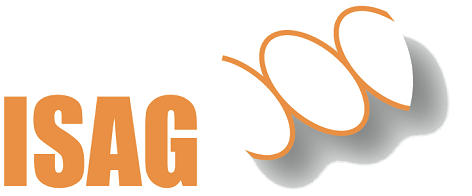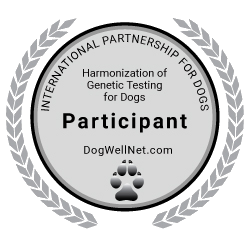Dwarfism
Dwarfism in Friesian horses is characterized by physeal growth retardation of limbs and ribs... more
Disease
Dwarfism in Friesian horses is characterized by physeal growth retardation of limbs and ribs while the head and back appear normal. A striking feature of the condition is hyperextension of the fetlock joints of all limbs with varying severity. Flexor tendon laxity, which is often seen in newborn foals of all breeds, fails to recover in dwarf foals and instead tends to increase further during aging. As a consequence, these dwarf Friesians develop an abnormal gait in which the limbs undergo extreme outward rotation at the level of carpus and hocks. The ribcage is abnormal in most cases with thickened and S-shaped costochondral junctions, leading to an inward protrusion of the chest at the level of Th10-16. Mature dwarfs have a head of the same size as unaffected horses, a broader chest with narrowing at the costochondral junction, a disproportionally long back and abnormally short limbs. The abdomen has a weak and rounded appearance, and the musculature over the body is poorly developed. A nonsense mutation in B4GALT7 is concordant with dwarfism in Friesian horses, which has an autosomal recessive mode of inheritance.
Breed
Friesian horse
Heredity
autosomal recessive
Test duration
1-2 weeks after arrival of the sample in the lab


